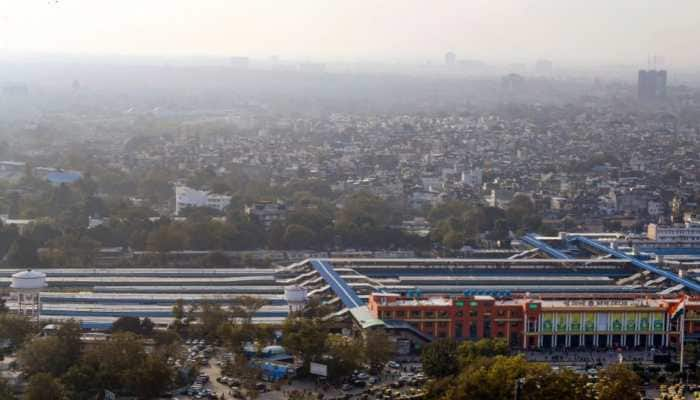Scientists create artificial mouse 'embryo' using 3D technology
They have used a 3D scaffold and the body's master stem cells, an advance that may explain why more than two out of three human pregnancies fail.
Trending Photos
) Representational image
Representational image New Delhi: In a first, scientists have been able to create an artificial mouse embryo using 3D technology.
They have used a 3D scaffold and the body's master stem cells, an advance that may explain why more than two out of three human pregnancies fail.
Once a mammalian egg has been fertilised by a sperm, it divides multiple times to generate a small, free-floating ball of stem cells.
The particular stem cells that will eventually make the future body, the embryonic stem cells (ESCs) cluster together inside the embryo towards one end: this stage of development is known as the blastocyst.
The other two types of stem cell in the blastocyst are the extra-embryonic trophoblast stem cells (TSCs), which will form the placenta; and primitive endoderm stem cells that will form the so-called yolk sac, ensuring that the foetus's organs develop properly and providing essential nutrients.
Previous attempts to grow embryo-like structures using only ESCs have had limited success.
This is because early embryo development requires the different types of cell to coordinate closely with each other.
Researchers from the University of Cambridge in the UK used a combination of genetically-modified mouse ESCs and TSCs, together with a 3D scaffold known as an extracellular matrix, they were able to grow a structure capable of assembling itself and whose development and architecture very closely resembled the natural embryo.
(With PTI inputs)
Stay informed on all the latest news, real-time breaking news updates, and follow all the important headlines in india news and world News on Zee News.
Live Tv







)
)
)
)
)
)
)
)
)
)
